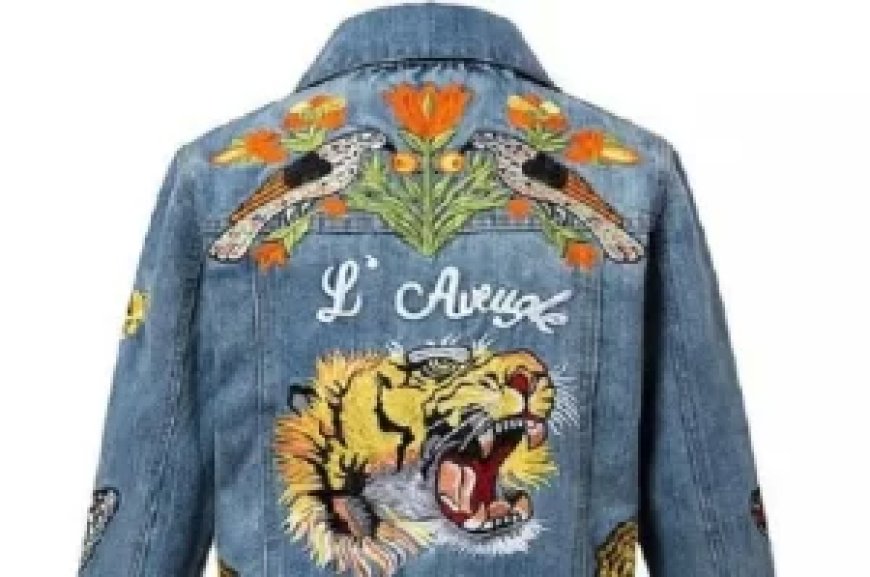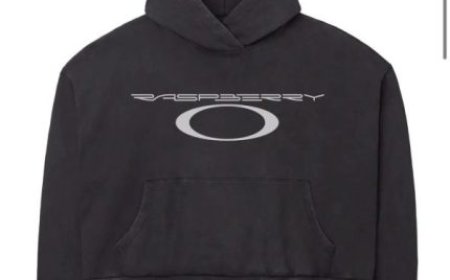Step-by-Step Guide to Creating Personalized Embroidered Napkins
EMDigitizing has been providing premium quality embroidery digitizing service for embroidery digitized by experienced digitizers since 2018.

Personalized embroidered napkins can elevate any event, whether it's a wedding, dinner party, or corporate function. With the right techniques and tools, creating these stunning designs can be a rewarding and profitable endeavor. In this guide, we will walk you through a detailed, step-by-step process to help you create beautiful embroidered napkins that stand out.
Understanding Embroidery on Napkins
Embroidering on napkins requires special attention to detail because of the fabric’s delicate nature. Napkins, often made of cotton, linen, or polyester blends, need precise handling to ensure the design remains crisp without distorting the fabric. Manual vectorization is key in transforming your design into a format suitable for embroidery. This process helps to ensure clean, precise lines that can be easily transferred onto the napkin.
Step 1: Choosing the Right Napkin Fabric
The first and most crucial step is selecting the correct fabric for your napkins. Opt for materials like cotton or linen, which are durable yet soft. The fabric choice will greatly impact how well the embroidered napkin holds the design, so ensure it is wrinkle-resistant and easy to maintain.
- Cotton: Ideal for intricate embroidery, as it offers a sturdy yet soft surface.
- Linen: Offers a sophisticated finish but may require extra stabilization.
- Polyester blends: These are often cheaper but can pose challenges with stretching during embroidery.
Step 2: Preparing the Design
The next step is to create or choose a design. If you are using a custom design, ensure that it is converted into an embroidery file format through Manual vectorization. This conversion process allows you to create a digital representation of the design that can be read by your embroidery machine.
Tips for Effective Design Creation:
- Choose simple designs that won’t overwhelm the small space of a napkin.
- Use high-contrast colors that will stand out against the napkin’s base color.
- Make sure the design is appropriately scaled for the napkin size, keeping in mind the napkin's functional use.
Step 3: Stabilizing the Fabric
Before you begin embroidering, it’s essential to stabilize the napkin fabric. Napkins, especially lightweight ones, tend to shift during embroidery, which can distort the design. Use a high-quality stabilizer to keep the fabric in place.
- Cutaway stabilizers are ideal for thick fabrics like linen.
- Tearaway stabilizers work best for lightweight cotton or polyester blends.
Be sure to smooth the fabric over the stabilizer and secure it tightly in the embroidery hoop to prevent movement.
Step 4: Hoop the Napkin Properly
Hooping the fabric correctly ensures that the design will embroider evenly. Place the napkin and stabilizer inside the embroidery hoop, ensuring the material is taut but not stretched. Proper hooping helps eliminate puckering and ensures the embroider on napkin looks professional and well-defined.
Tips for Hooping:
- Avoid over-stretching the napkin, as it can lead to design distortion.
- Double-check that the stabilizer is securely in place.
- For larger designs, consider re-hooping the napkin to ensure even embroidery.
Step 5: Embroidering the Napkin
Now it's time for the actual embroidery. Select the appropriate thread colors for your design, ensuring they complement the napkin fabric. Set up your embroidery machine with the digitized file, and double-check the design positioning on the napkin before starting.
- Use high-quality embroidery thread that is durable and colorfast.
- Test the design on a scrap fabric or an extra napkin before embroidering the final product.
- For delicate napkins, reduce the stitch density to prevent tearing or puckering.
Step 6: Finishing Touches
Once the embroidery is complete, carefully remove the napkin from the hoop. Gently tear or cut away the stabilizer, taking care not to disturb the stitches. If there are any loose threads, trim them neatly for a clean finish.
Tips for Final Touches:
- Press the napkin with a warm iron to smooth out any wrinkles.
- Fold the napkin neatly, ensuring the embroidered design is prominently displayed.
- Consider adding a personalized tag or label to enhance the custom feel.
Headwear Products: Embroidery’s Next Frontier
While napkins are a popular item for personalized embroidery, headwear products such as caps and hats offer a fantastic opportunity for expanding your embroidery skills and business. The principles of embroidering on napkins can easily translate to headwear products, with a few additional considerations.
- Cap Digitizing: When embroidering on curved surfaces like caps, ensure you use digitizing techniques specifically designed for headwear. The design needs to conform to the curved surface without distorting.
- Stabilization: Headwear products typically require a more robust stabilizer to keep the fabric taut, preventing wrinkles or distortions.
By diversifying your embroidery offerings to include both napkins and headwear products, you can cater to a broader clientele, whether for personalized events or corporate branding.
Manual Vectorization for Embroidery
Manual vectorization plays a crucial role in creating embroidery designs that stand out. This process involves converting a hand-drawn or raster image into a scalable vector format, which is then used for embroidery digitization. While automatic tools exist, manual vectorization allows for greater precision and control, ensuring each stitch is accurately placed.
Key benefits include:
- Cleaner lines and edges for your design.
- Greater flexibility in scaling designs without losing quality.
- Improved stitch accuracy, resulting in a more polished embroidered product.
FAQs
How do I stabilize napkin fabric for embroidery?
Using a stabilizer is essential to prevent the fabric from moving during embroidery. For lightweight fabrics like cotton, a tearaway stabilizer works best, while thicker fabrics like linen may require a cutaway stabilizer.
Can I embroider on polyester napkins?
Yes, polyester napkins can be embroidered, but they require extra care. Using a stabilizer and reducing stitch density can help prevent puckering or stretching of the fabric.
What is manual vectorization, and why is it important?
Manual vectorization is the process of converting a design into a vector format for embroidery digitizing. It ensures the design is clean, scalable, and accurately represents your original artwork, which is crucial for producing high-quality embroidered products.
How do I embroider on headwear products like caps?
To embroider on headwear products, use a cap frame for your embroidery machine. Make sure the design is digitized specifically for curved surfaces, and use a sturdy stabilizer to keep the cap taut during embroidery.
Can I use the same embroidery design for napkins and headwear products?
While you can use the same design, you'll need to adjust the digitization process for each product. Napkins require designs with less density due to the lightweight fabric, while headwear products, like caps, need designs that account for the curved surface.
What's Your Reaction?






















